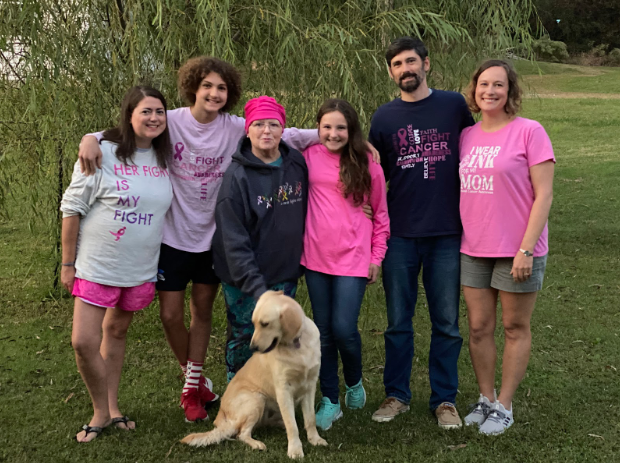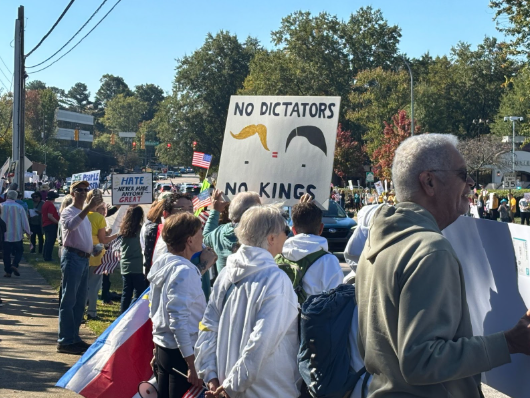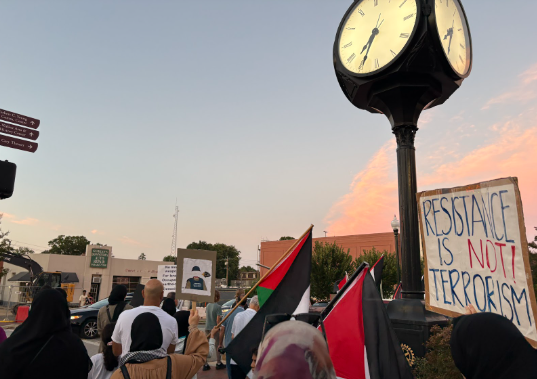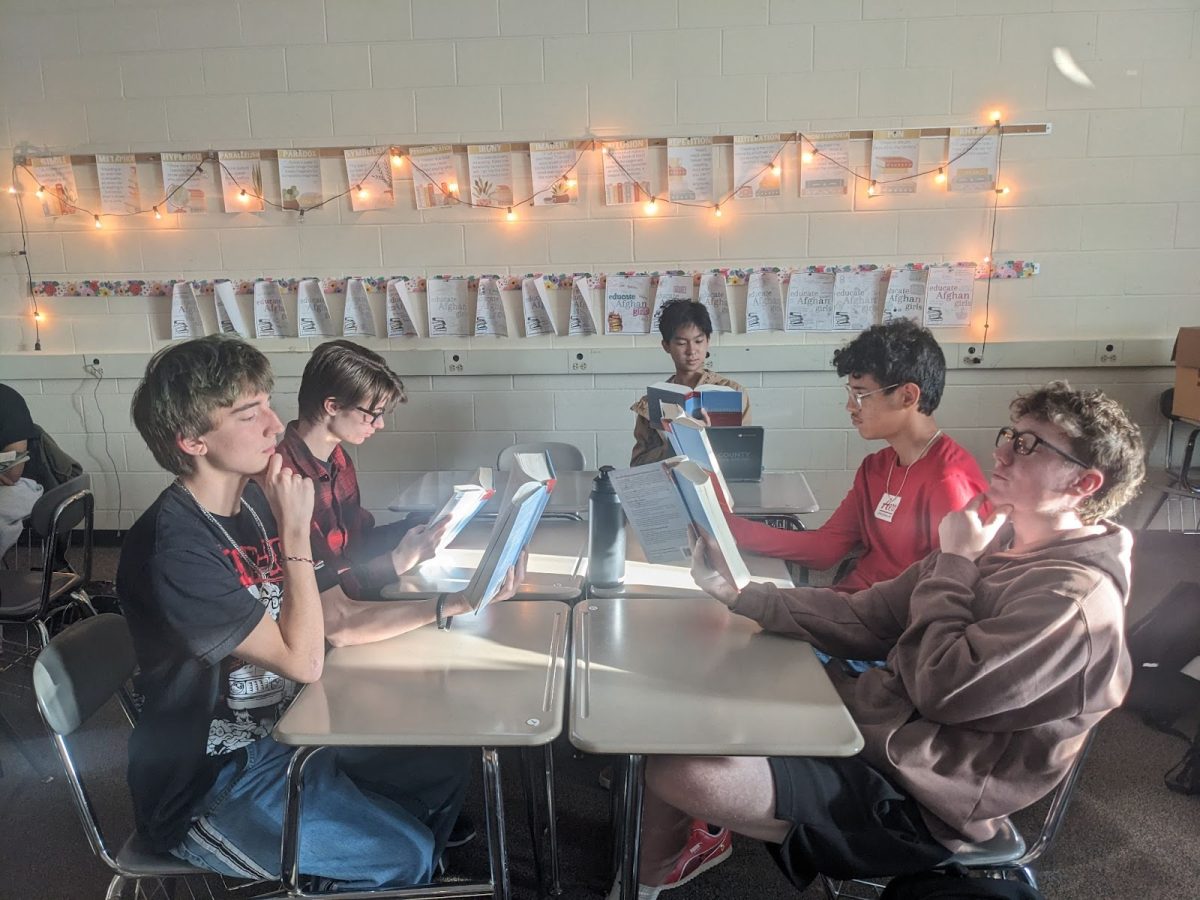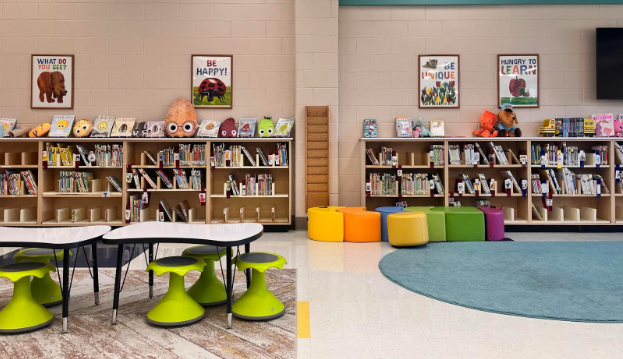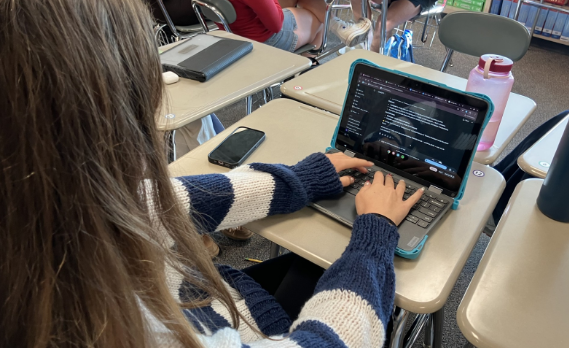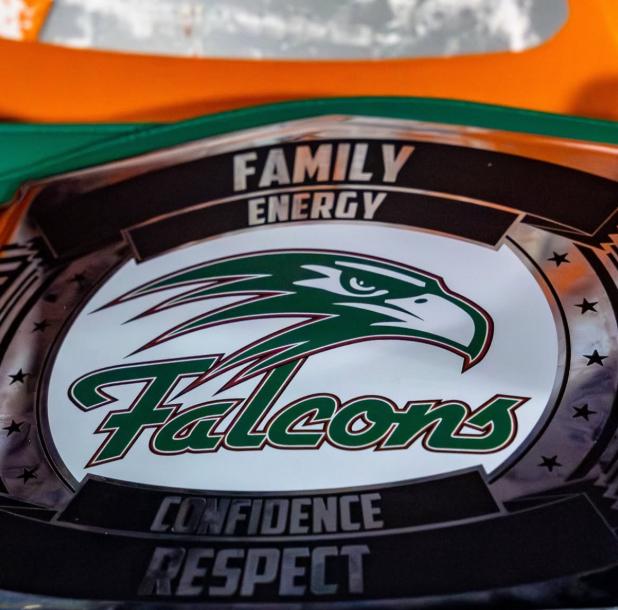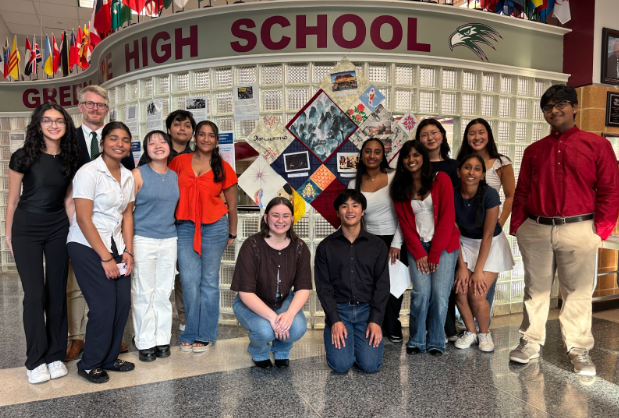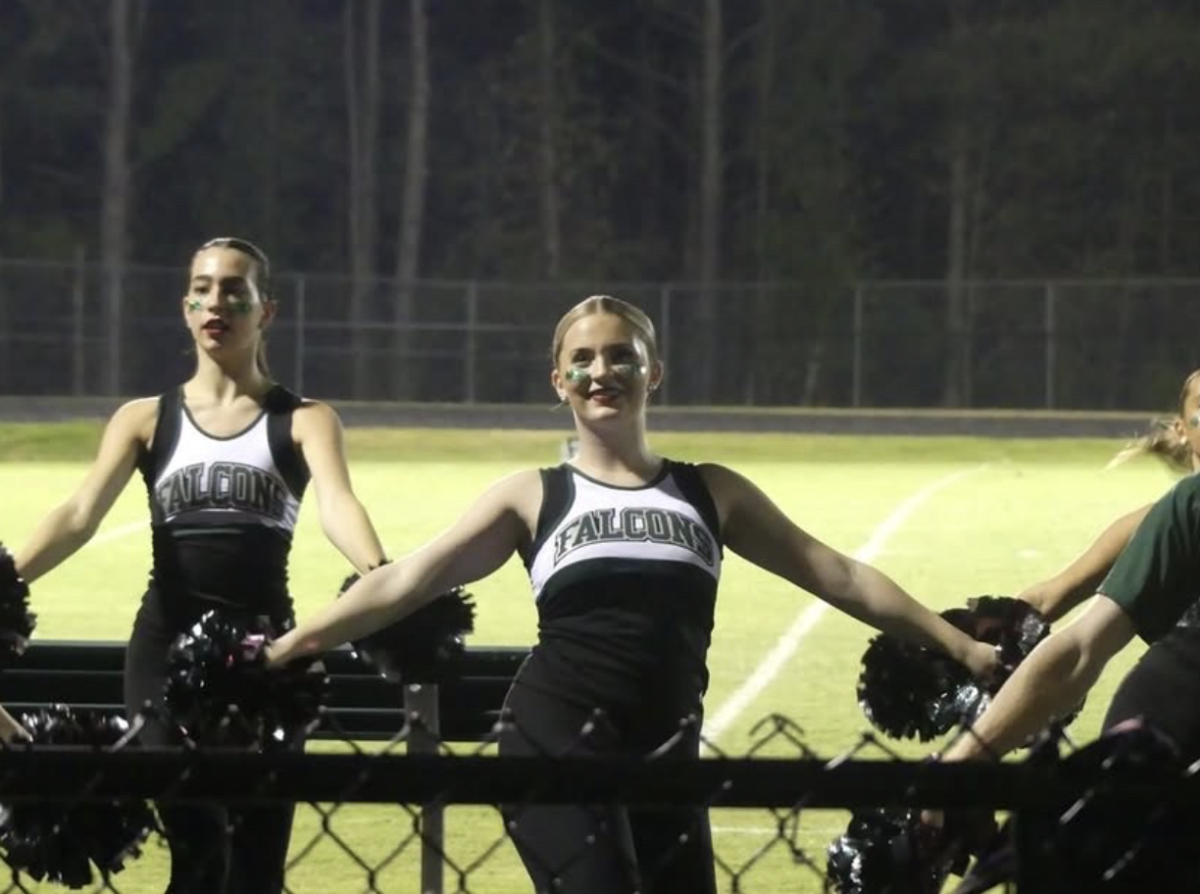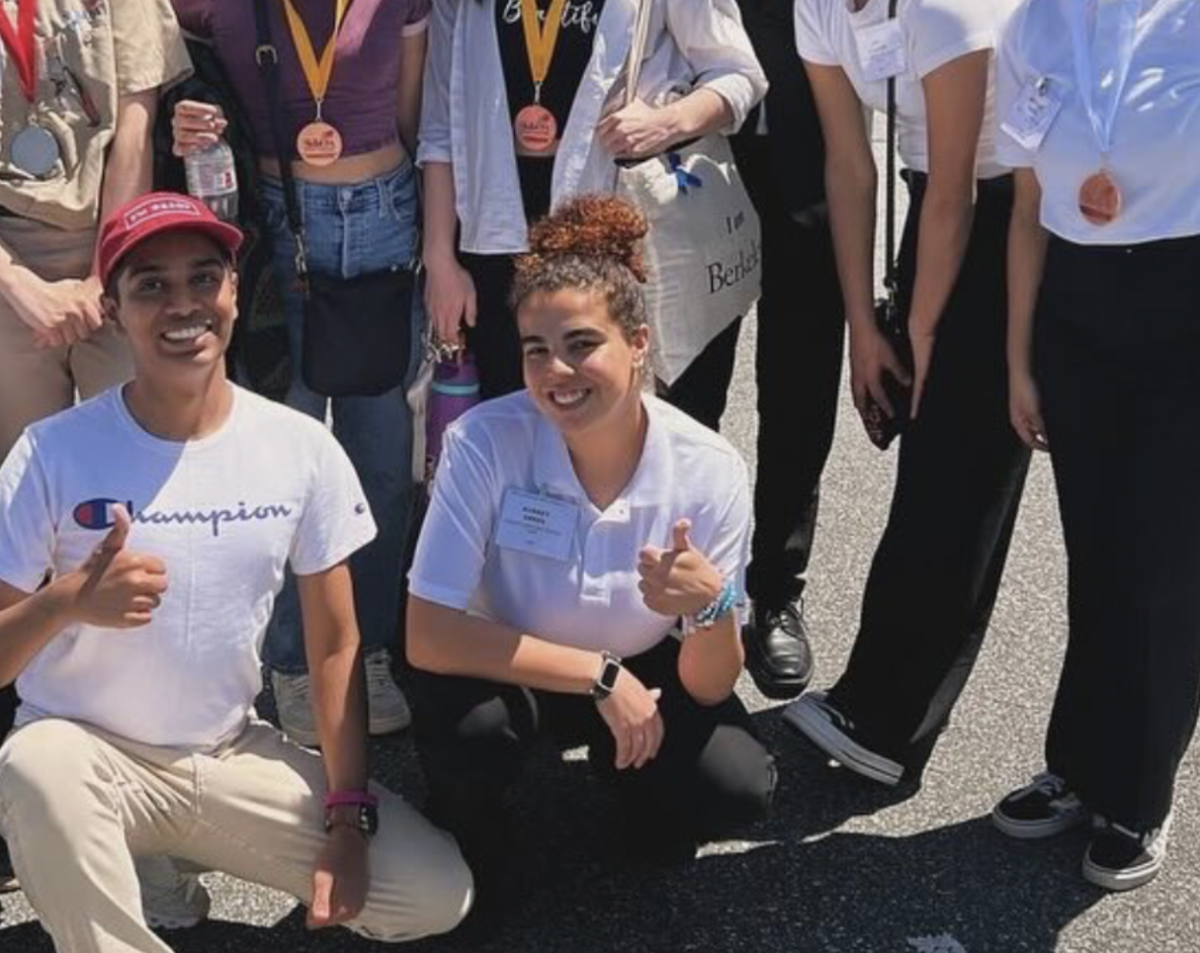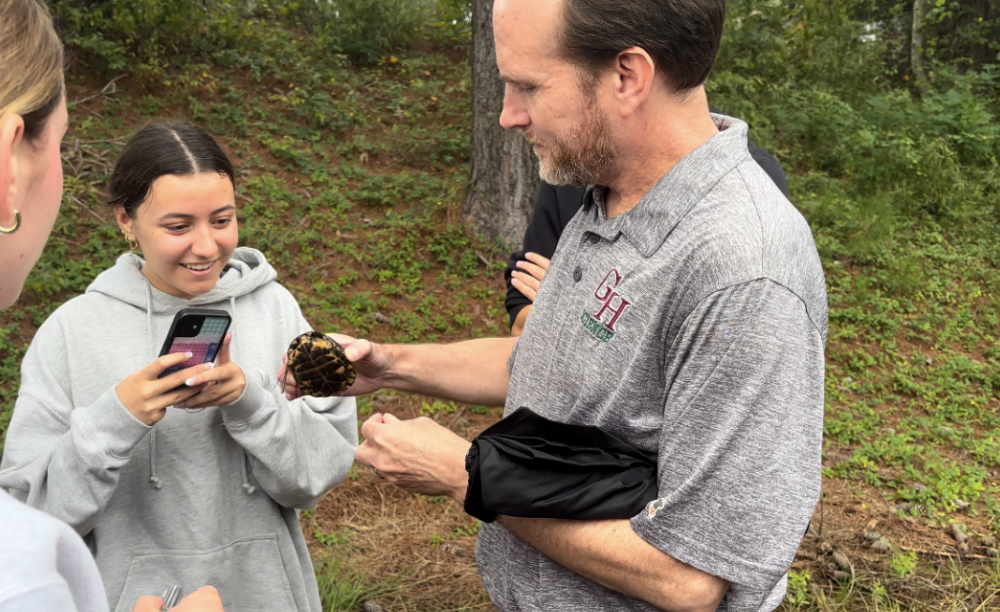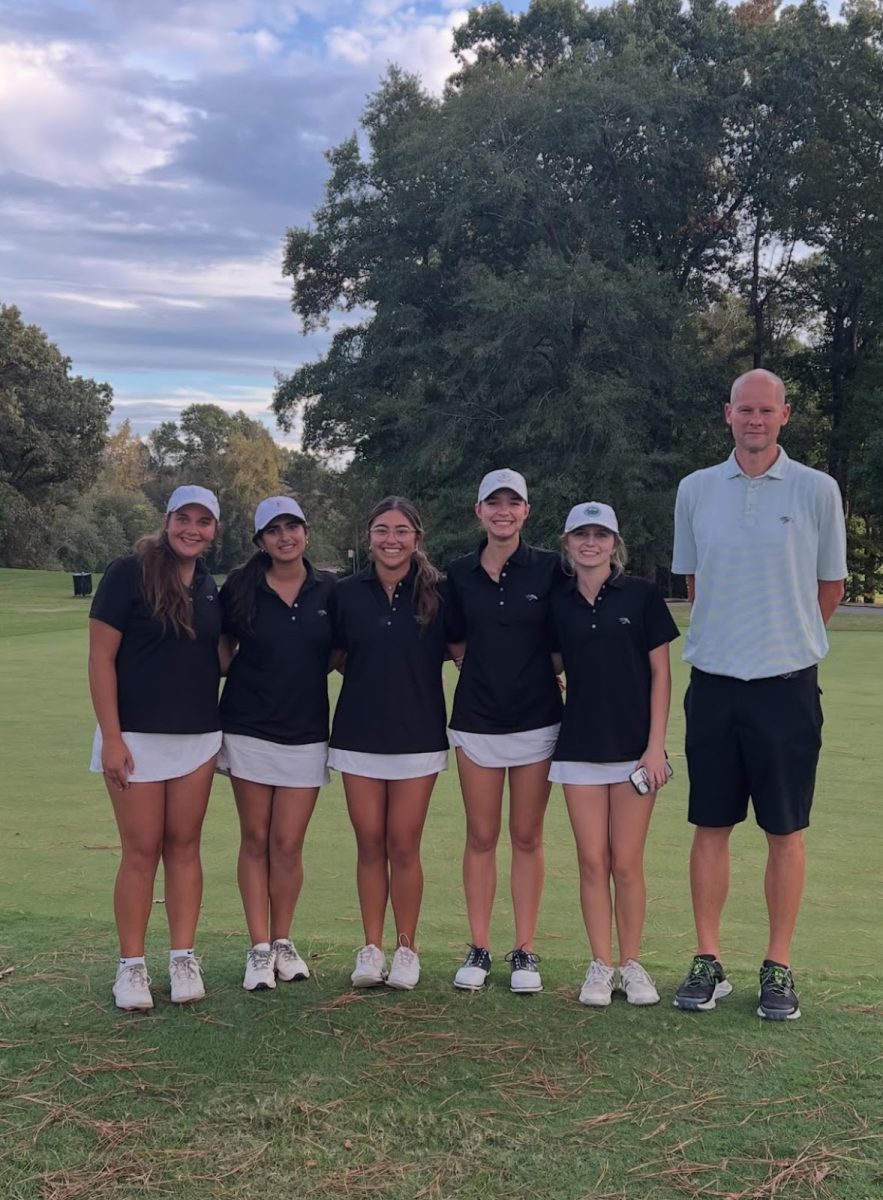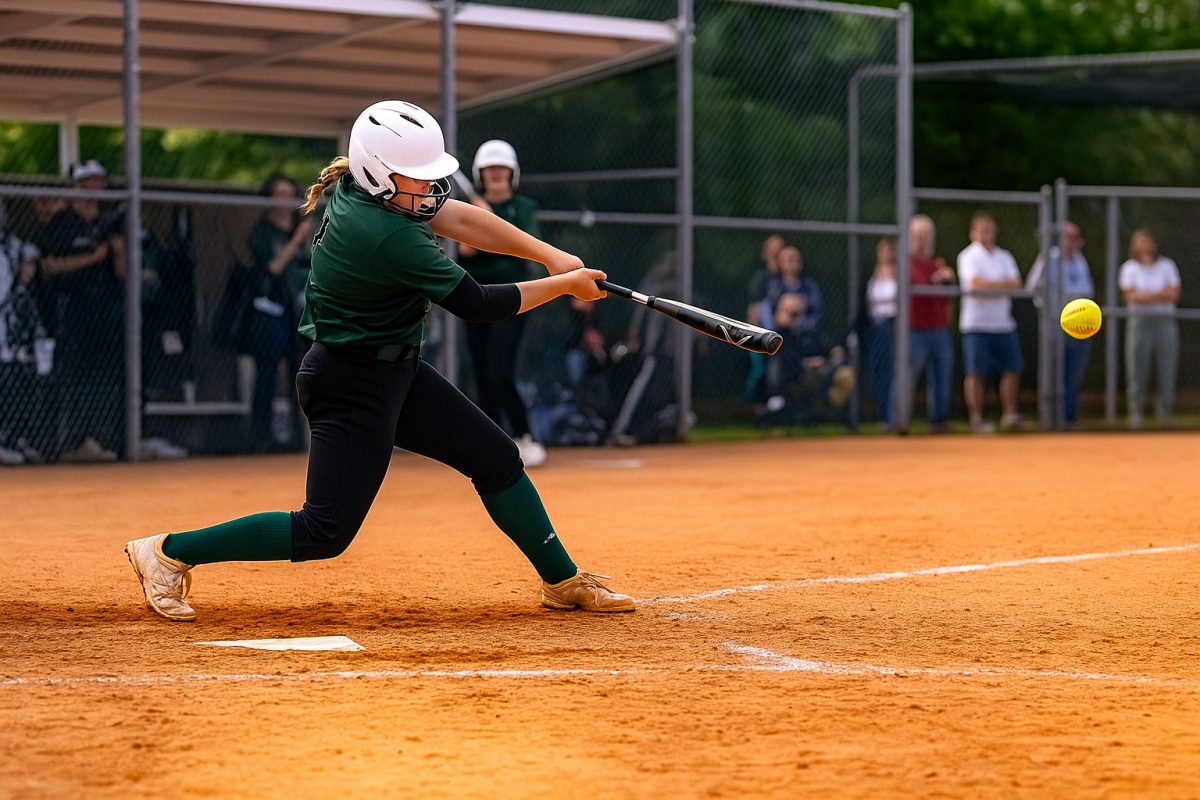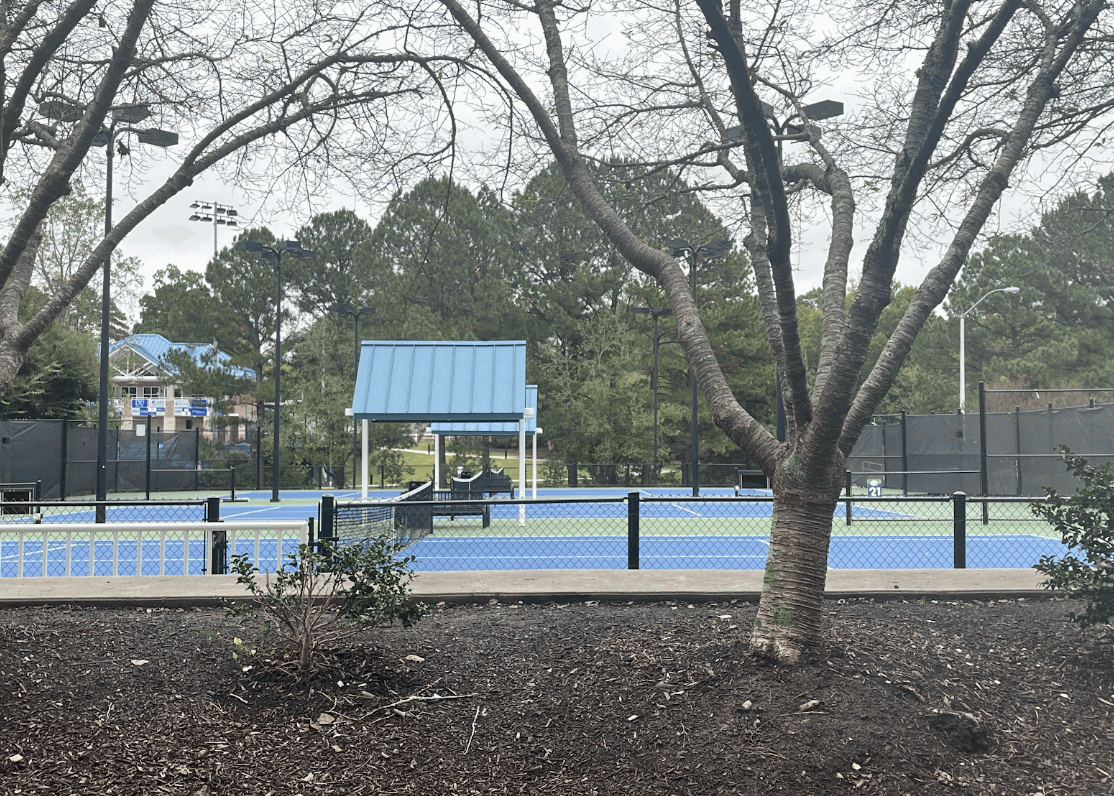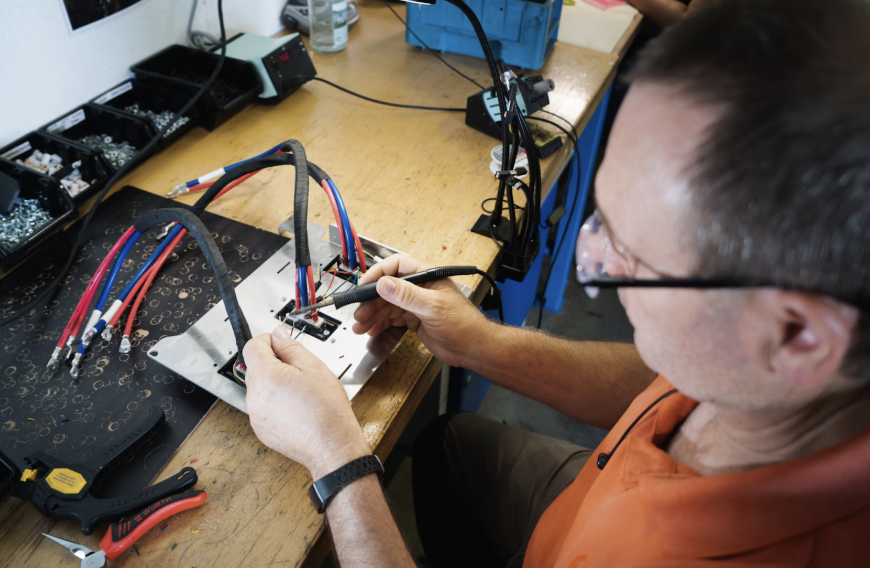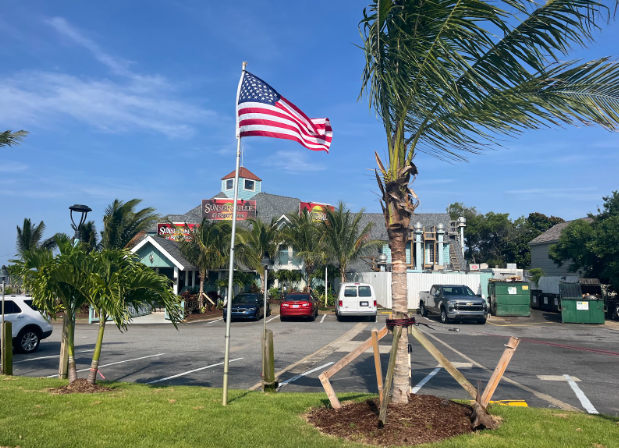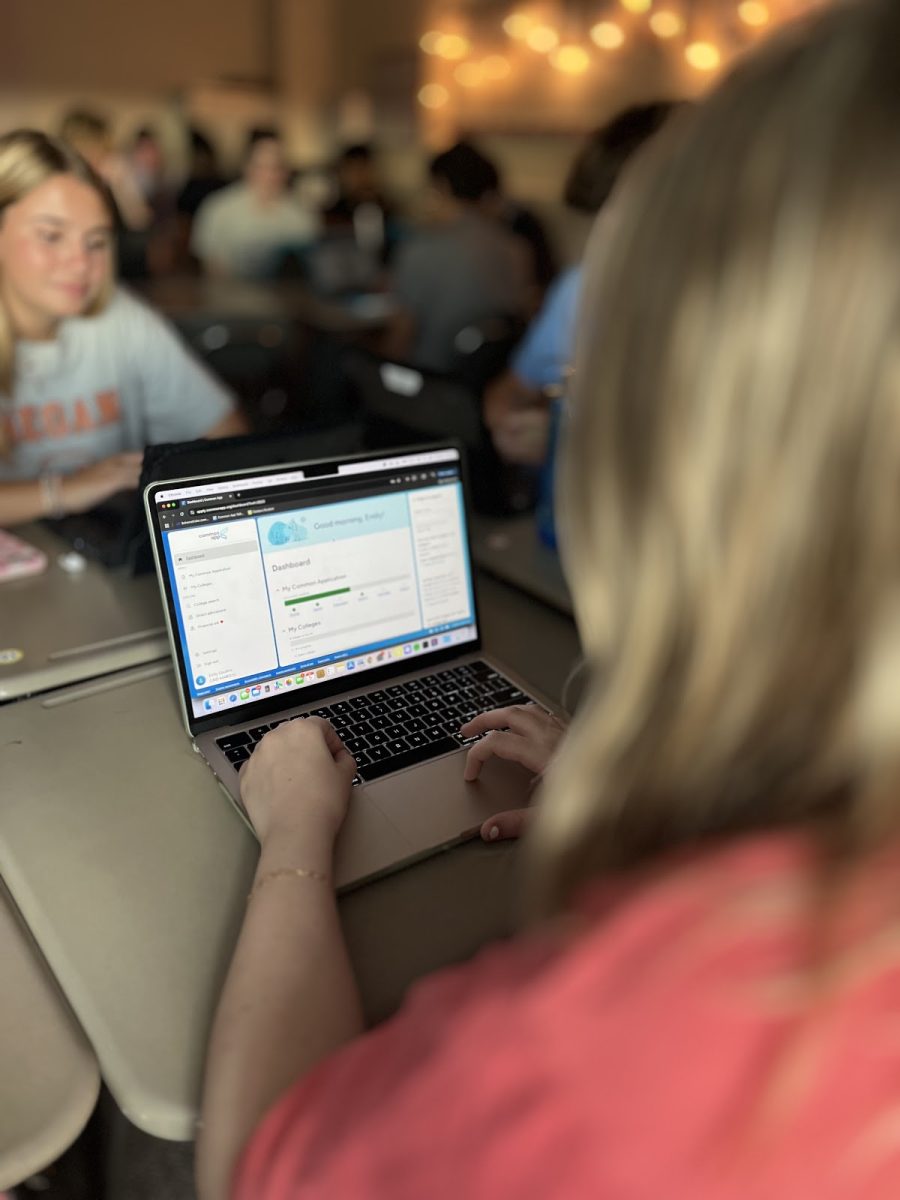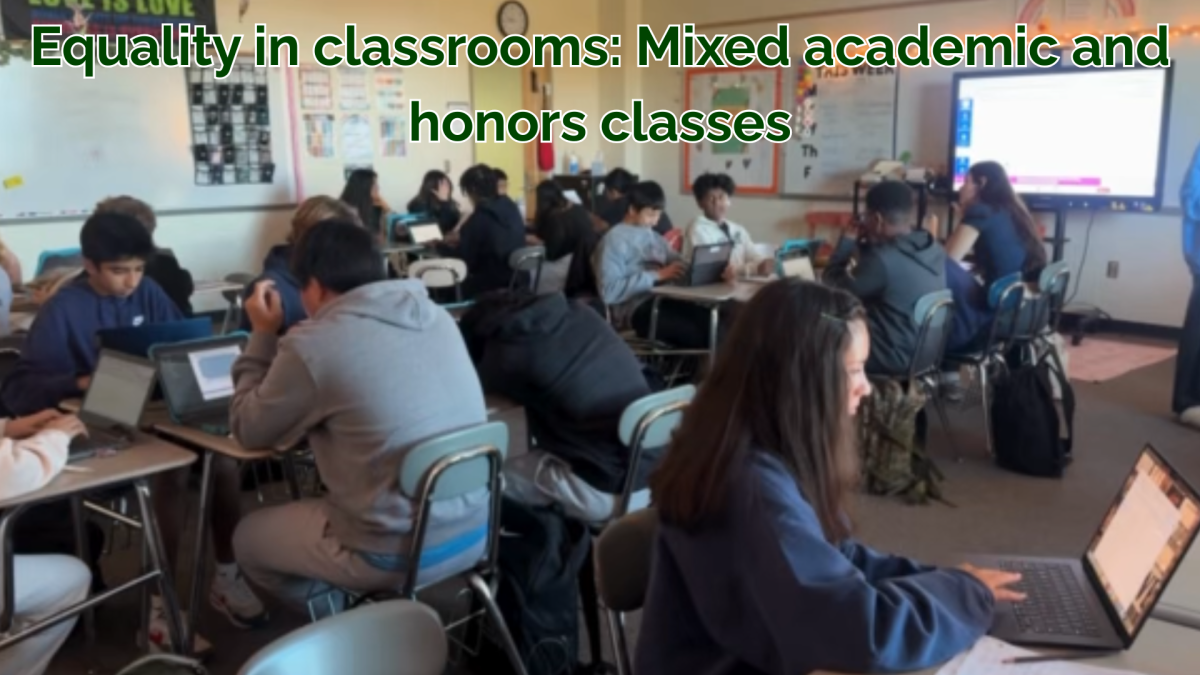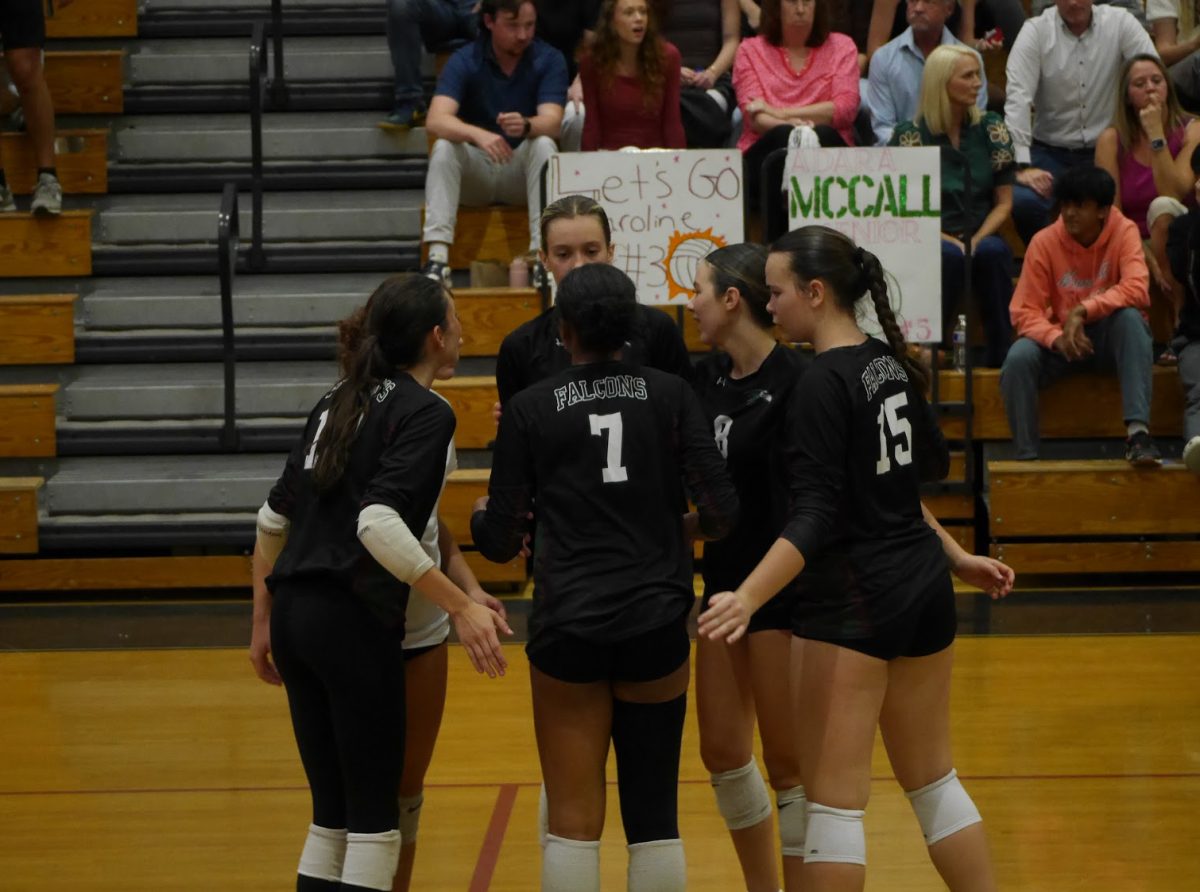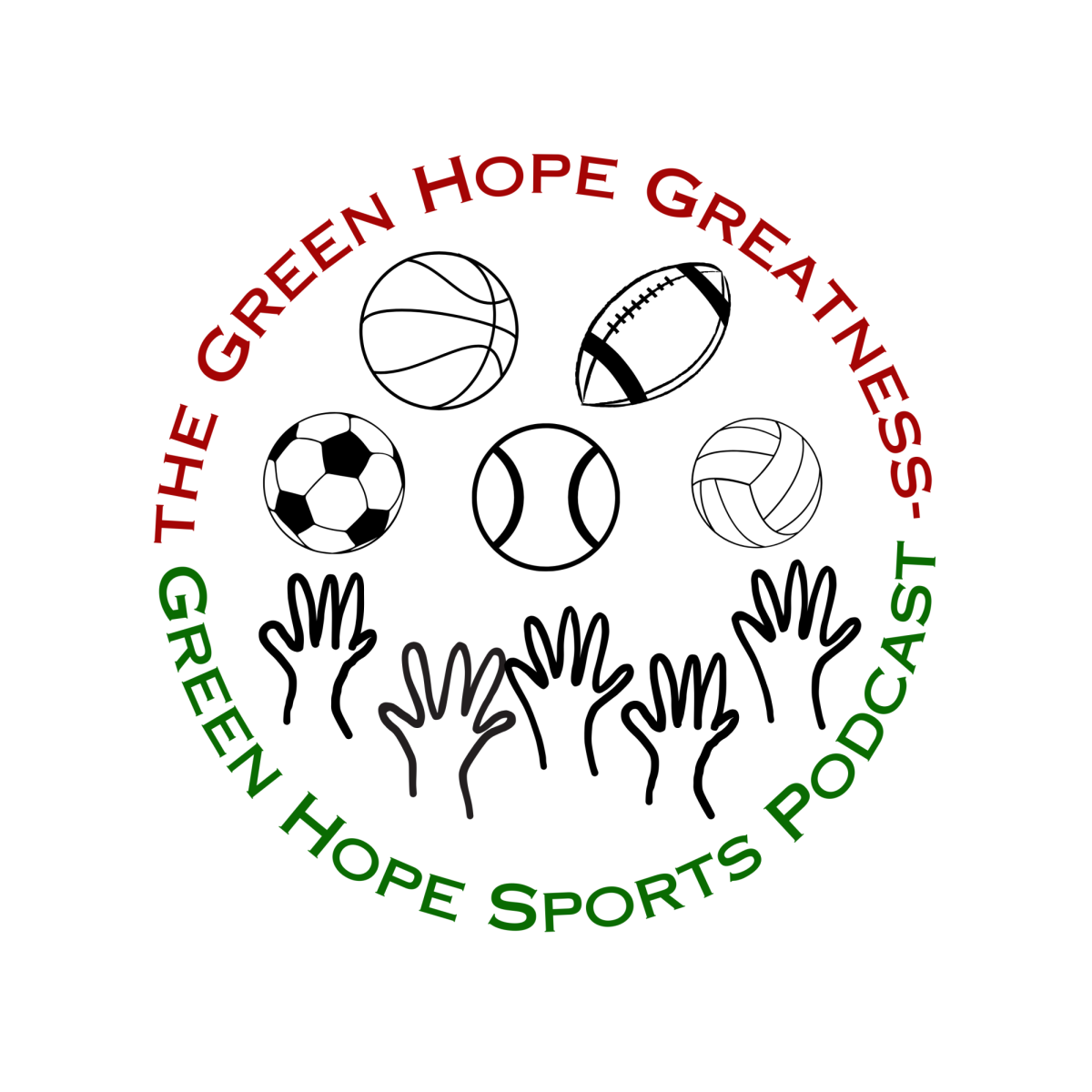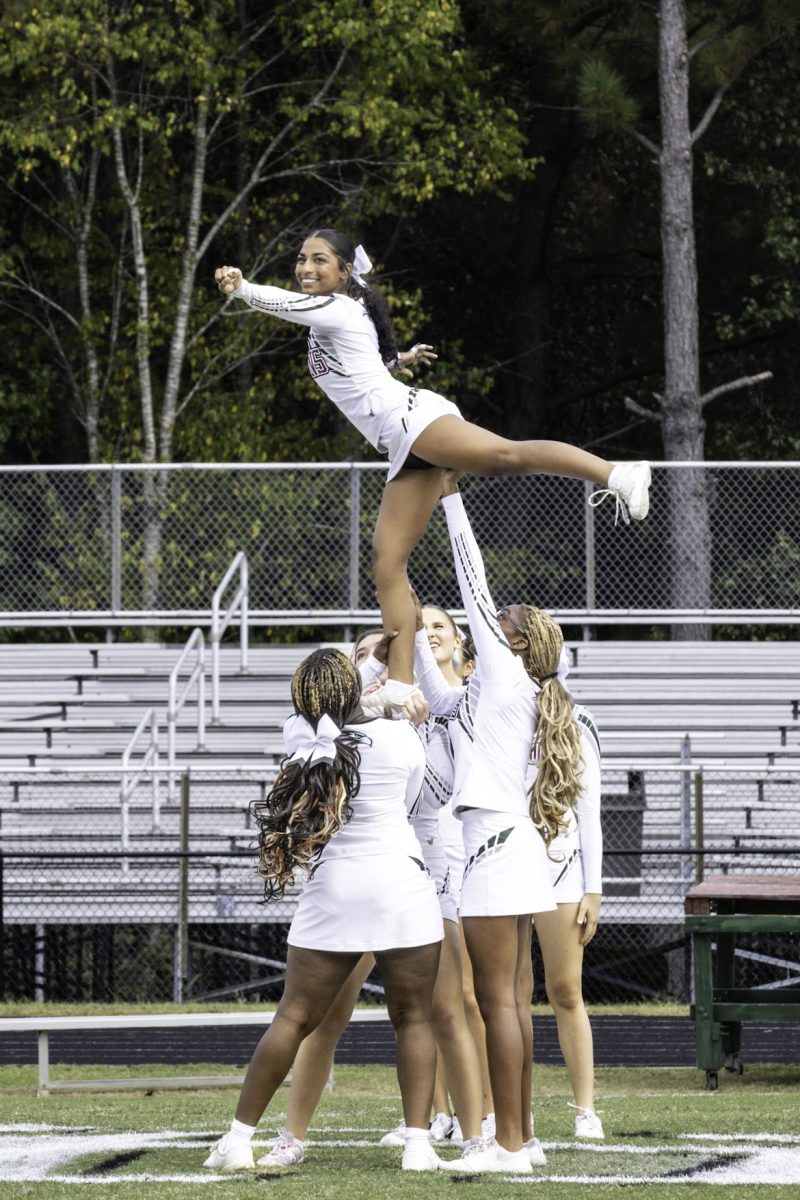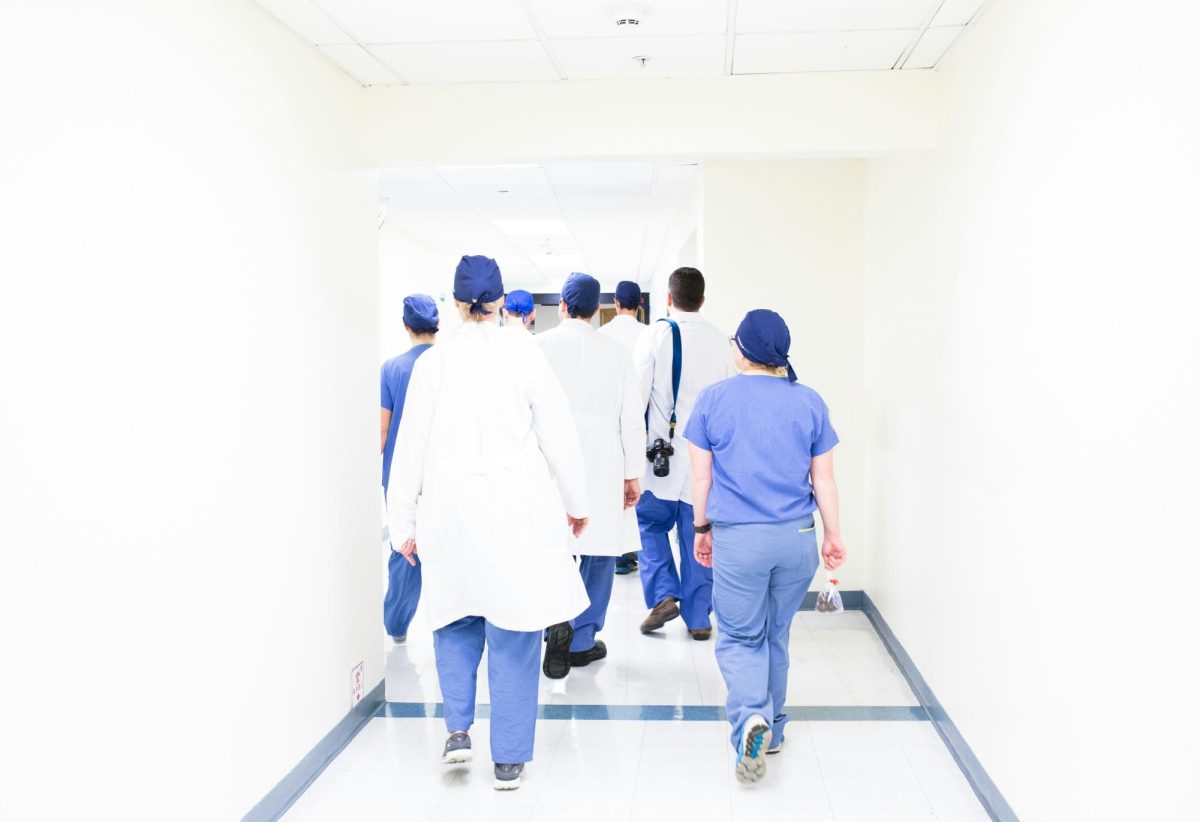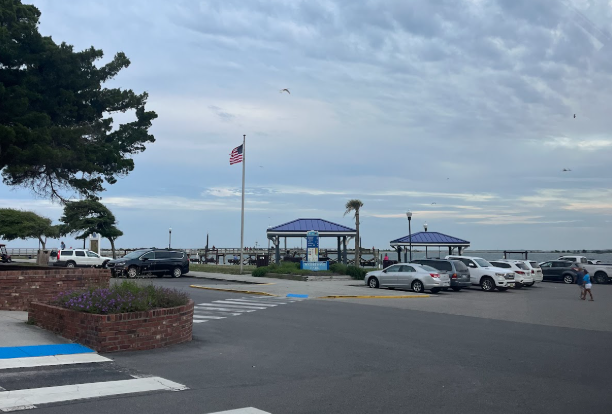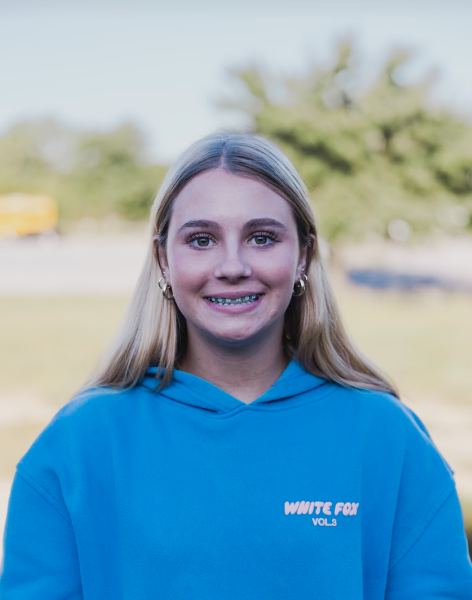When Green Hope Principal Alison Cleveland found a small lump on her skin in 2021, she never imagined it would change her life. Now, four years later, she is going through breast cancer for the second time and has completed multiple surgeries, radiation and medications.
Every October, communities around the world come together to honor survivors, remember those lost and raise awareness for one of the most common cancers affecting women: breast cancer. Breast Cancer Awareness is more than just a pink ribbon; it is a reminder of the importance of early detection, education and support.
Breast cancer occurs when abnormal cells grow uncontrollably in breast tissue. While it most commonly affects women, men can also develop the disease. According to the American Cancer Society, about 1 in 8 women in the United States will be diagnosed with breast cancer in their lifetime. Early detection and advances in treatment have significantly improved survival rates, but awareness remains the most effective tool in the fight against breast cancer.
One of the main goals of Breast Cancer Awareness Month is to highlight the importance of screening and early detection. Ms. Cleveland emphasizes the importance of this: “Take the time to recognize that it’s important to screen early and often, and sometimes that means you have to screen yourself or be willing to ask questions to the doctors and persevere.” Regular mammograms and staying informed about family history are vital tools in catching the disease early on, when it’s most treatable. Healthcare professionals encourage women over 40, or those with a family history of breast cancer, to discuss screening options with their doctors. Awareness campaigns throughout the month of October encourage individuals to take these steps and to spread the knowledge to others by sharing their stories.

(Mia Swain)
One of those stories belongs to Sue Crouse, who was hospitalized at Duke University Hospital after being diagnosed with breast cancer. Her journey wasn’t easy, but her resilience continues to inspire those around her. “There’s always the initial shock, but there is a lot of hope with breast cancer treatment today, especially if it’s caught early enough.” Crouse shares, “You have to be your own best advocate, and when you don’t get answers, you keep looking for answers, that’s how I ended up here at Duke.”
While genetics and other factors play a role, research suggests that maintaining a healthy weight, exercising regularly, limiting alcohol intake and choosing a nutritious diet can also help lower one’s risk of breast cancer.
Though rare, men should also be aware of changes in their breast tissue, such as a lump or skin dimpling. Because of the low incidence, men are often diagnosed at a later stage, making awareness just as vital for them.
Michelle Gaskins, a cancer survivor and Pediatric Nurse at Duke, spoke on her diagnosis, “I was diagnosed after a self-exam in Dec. 2024. I never thought that I would have breast cancer because it did not run in my family. After completing my staging imaging, I started 16 rounds of chemo in January. I finished chemo in June and went for a double mastectomy in July 2025. I was lucky in that I had a complete response to chemotherapy and did not have to have radiation. I will finish immunotherapy infusions in January 2026.”
Gaskins, like many others, is affected by breast cancer and the daily challenges it comes with. Gaskins discussed the importance of Breast Cancer Awareness Month and how it has helped educate people. “In the past, I saw all of the pink for October and did not think much of it. Now, I see it as a time of celebration, of survivorship and remembrance. I have not done much this month as I am still recovering from my treatments this past year, but I will donate money for Breast Cancer research, and I hope to do more next year.”
Cancer treatments like chemotherapy, radiation and surgery can take a major toll on the body. Crouse shared her experience and said, “The first thing I remember after starting chemotherapy was chunk

(Mia Swain)
s of hair falling out in the shower, so my daughter and I thought it would be best to have my head shaved so it wasn’t constantly falling out all over.” Crouse also added, “Then there’s the issue of having to eat when you just don’t feel like it, so I did a lot of blending different fruits and vegetables to make smoothies that were high in nutrition, so I was still eating even when I didn’t feel like it.”
There are many ways to get involved during Breast Cancer Awareness Month. Wear pink to show solidarity, participate in local fundraisers or walks that support research, share educational resources on social media to encourage others to schedule screenings, or even support survivors and current patients by donating to cancer organizations. Ms. Cleveland shows her support for the breast cancer community in many ways. “It’s a good time to provide education and recognition, but you need to be aware of it all year. In October, there are more opportunities, like events. I participate in walks, and I answer questions, and I just tell my story.”
Many different organizations are committed to raising awareness for breast cancer. Some of these organizations include National Breast Cancer Foundation, American Cancer Society and Pink Fund. Many of these organizations have different programs ranging from support groups to educational resources, allowing people to get the encouragement they need to feel comfortable with their disease.
At Green Hope High School, the community has embraced this message wholeheartedly. From fundraising to pink-out games, students and staff are building awareness by working together. Green Hope also encourages support for survivors in the community by discussing the topic of breast cancer and highlighting its importance. Ms. Cleveland also talked about sharing her story with Green Hope, “It just continues to prove to me and to hopefully my children and the community here that I’m strong and I’m persevering.”

Advocating for yourself and others is crucial. Gaskins and Cleveland both shared the importance of finding a good team of doctors who are willing to support you every step of the way. Cleveland stressed the value of advocating for oneself and one’s needs. “Sometimes talking about cancer or specifically breast cancer can be uncomfortable for people, for women, for men, for anyone. Advocating, sharing stories and educating help people to have the tools when they’re looking into it.” Similarly, Gaskins also provided a thoughtful insight on getting support. “I would tell someone just diagnosed to find a support system. There are many survivors out there, and they will do anything they can to help you. It really helped to talk to someone who has been there and done that before, so I knew what to expect.”
Living with cancer is never easy. Beyond the treatments and hospital stays, patients face constant physical exhaustion and emotional stress. For Sue Crouse, who underwent treatment at Duke University Hospital, some days were harder than others. Crouse said, “Some people feel really nauseous. My doctors gave me a lot of medication to prevent nausea. There were also sores in your mouth at times that were pretty awful.”
Breast Cancer Awareness Month serves as a reminder that the fight against breast cancer extends far beyond October. Every conversation, fundraiser and moment of support helps strengthen the network of hope surrounding those affected. By continuing to educate others, encourage early detection and uplift survivors, the purpose of this month is carried forward all year long. Awareness is not just a campaign — it’s a commitment to compassion, courage and change. It reminds us that the movement is not just about raising funds; it’s about raising hope, one ribbon at a time.

